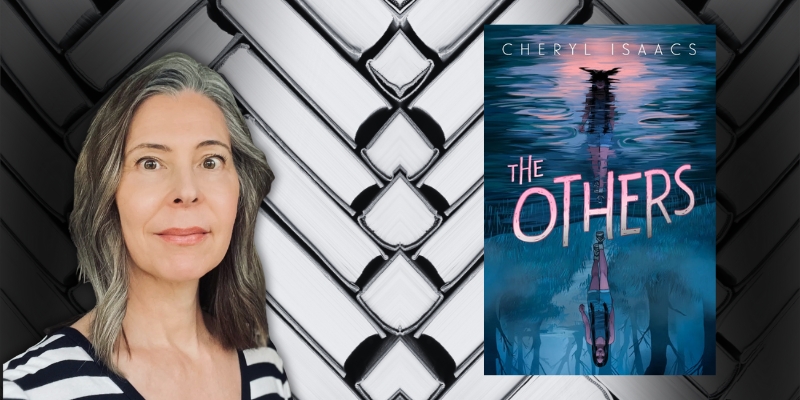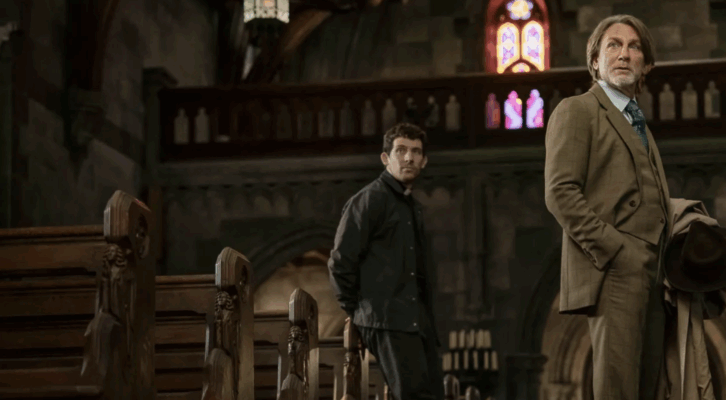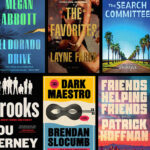It’s the only bad part of reading: getting down to the last few pages and dreading the final lines of an exquisite book, of rationing a favorite read knowing that once you get to the end, there’s no more. But the truth is that the last page of the story is never the end. It’s just the end to what we get to read, the part of the story that the author chose to put down on the page.
A truly satisfying reading experience always leaves me thinking—and then what? The fact that there are no more pages rarely stops me from continuing the character’s journey, making each book I read a never-ending story.
Good stories—like life—are not finished with a single challenge. Each horror survived or problem solved leads to consequences that send the hero on a new journey. In this way, every book ends on a cliffhanger, intentional or not.
Whatever plotting system you subscribe to, when considering the shape of the story, somewhere near the end of the second act there is a moment when the monster seems to be vanquished, the mystery solved, and everyone breathes a sigh of relief. What we know that the characters don’t is that not only are things not over, they’re about to get a whole lot worse.
This is my favorite part of any story because it’s so true to life. How often do you really get complete closure? Almost never. I think that in plotting a story, the last act should also have the same mentality: what happens next? These characters will live on. When will the other shoe drop?
Imagine, for example, that you get ghosted by a long-time friend. You send message after message only to be met with silence. Did you say something offensive? Did you fail to say something expected? Most likely, you will never know. You had a friendship and now it’s over but you’ll still lie awake night after night, entertaining reasons why and imagining scenarios that might change the outcome. This insatiable, highly-invested curiosity is exactly what I think you should feel when you finish a great book. With the main challenge faced and overcome, the resolution itself should take on a life of its own.
I love horror because it lends itself especially well to this. When the dude/damsel in distress is rescued only to find that they’ve brought the monster back with them. When the hero defeats their doppelganger only to discover that they were the evil one all along.
Even when things seem to be wrapped up nicely with the serial killer put down, what happens to the traumatized survivors? Surely their experiences would influence other aspects of their post-horror lives and that story might be just as riveting as the original.
To paraphrase a really great song from the ’90s, the end of one story is the beginning of another and if the story is crafted well enough, the reader will be dying to know.
So what makes a reader get to the end of the book and continue to imagine those characters? How can we create reader investment that continues after the last page?
I think of a story as an apartment building hallway. It’s one long hallway, quiet and dimly lit, carpeted in inoffensive colors. I get off the elevator with my main character and follow them down the hall and through the door that is relevant to the story I’m telling.
There are too many other doors in the hallway to enter them all—no editor would give me the word count for that—but I can allude to their existence. I can drop hints to the reader that all of these other doors exist, other facets of the character’s personality or their past experiences that impact the main story in some way, however small.
The presence of these other doors is what enables the reader to continue to follow the main character after I sign off on the last page. I might include a throwaway line about a character’s future plans or an interrupted reminiscence of the origin of a faded scar—these can be little breadcrumbs that don’t take up much space in the story but collectively hint at other lives, other possibilities for each of the characters.
That’s what I love about books—it’s not a one-time purchase, it’s a journey the writer invites the reader to join, one that continues as long as desired. Good stories are a jumping off point for the reader to continue the story on their own—endlessly.
The next time you finish a really good book, don’t be content to put it down and walk away. Let the characters live on in your head. Follow them and see where they go, because more adventures await. The end is just the beginning.
***


















